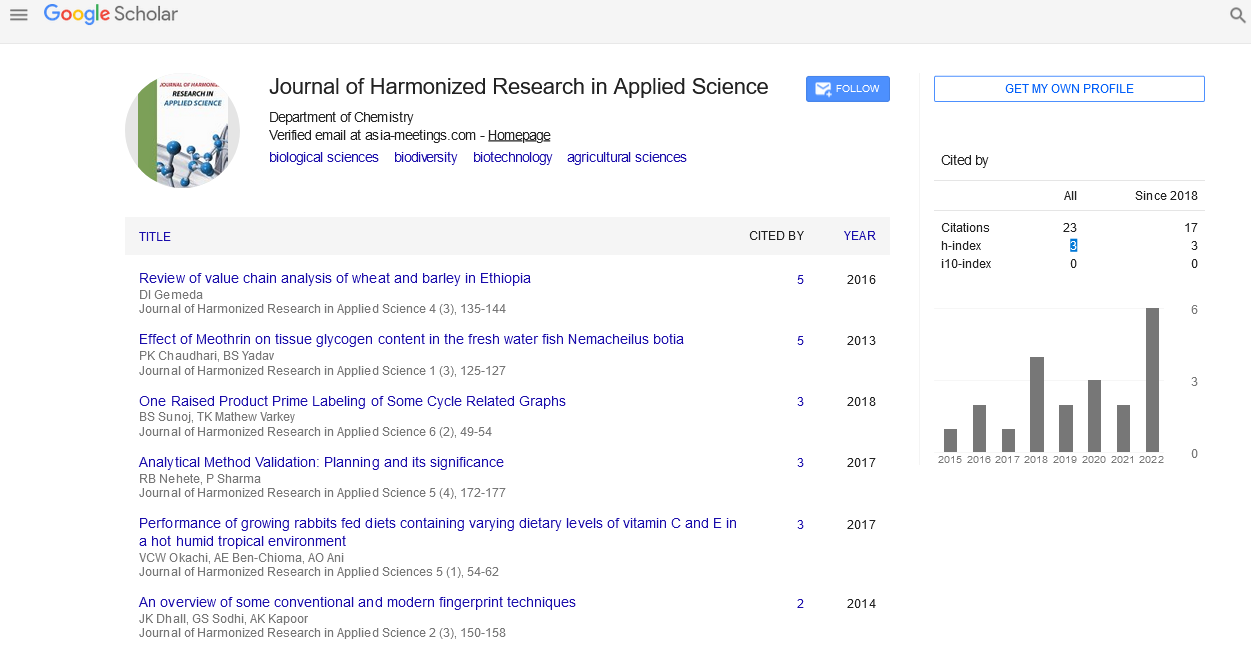A NOVEL IMPROVED OIL RECOVERY APPROACH FOR INCREASING CAPILLARY NUMBER BY ENHANCING DEPTH OF PENETRATION IN ABU DHABI CARBONATE RESERVOIRS
Abstract
Author(s): Arsalan Ansari*, Mohammed Haroun, Mohammed Motiur Rahman, George V. Chilingar, Hemanta Sarma
During the last few decades, there has been a global increase in oil demand by 35%. Besides, the petroleum industry is faced with a number of challenges when considering the reservoir such as low swe ep efficiency, formation damage and implementing costly techniques to enhance and improve the oil recovery. Electrokinetic Low-concentration acid IOR (EK LCA-IOR) is one of the emerging IOR technologies, which involves the application of the Low-concentration acidizing integrated with electrically enhanced oil recovery (EK-EOR). This research focusses on analyzing the effectiveness of the EK LCA-IOR process in Abu Dhabi carbonates, improving the capillary number and enhancing depth of penetration. Core-flood tests were conducted by saturating Abu Dhabi carbonate core-plugs with medium crude oil in a specially designed core-flood setup at Abu Dhabi reservoir conditions. After the water flooding stage, EK LCA-IOR was applied using varying voltage gradients and acid concentrations upto 1.2% HCl injected at the anode and transported by EK to the target producer (cathode). Moreover, the capillary number change, and Single Energy CT Scan (SECTS) results were analyzed in order to observe the effect on rock-fluid interaction to control rock adsorption capacity through interfacial tension and depth of penetration. Several correlations at reservoir conditions related to acid concentration, displacement efficiency and permeability enhancement have shown that the application of water flooding on the carbonate cores yields an average oil recovery of 58%. An additional 17-28% oil recovery was enhanced by the application of EK LCA-IOR recording a maximum oil displacement of 88%. In addition, EK LCA-IOR was shown to enhance the reservoir’s permeability by 53% on average across the tested core-plugs. EK LCA-IOR also improves the capillary number by 500% in Water-wet core plugs and 1500% in Oil-wet core plugs, mainly due to a decrease in interfacial tension. This indicates the decrease in acid adsorption as acid is precisely transported to the targeted production well through the tortuous path with an increased depth of penetration as proven by the SECTS results where EK LCA-IOR has penetrated 60% of core-length that revealed minor fractures, precisely delivering the acid front throughout the core-plug. Finally, EK LCA-IOR enhances capillary number along with an increased depth of penetration while allowing us to save on the OPEX by maintaining decreased power consumption while reducing the acid/water requirement upto 10 times. This study takes one step forward towards the development of EK Low-concentration acid IOR method feasible for Abu Dhabi oil fields in order to make smart water floods applicable for complex fractured reservoirs of UAE.










